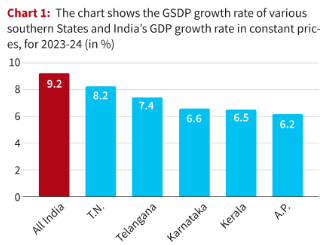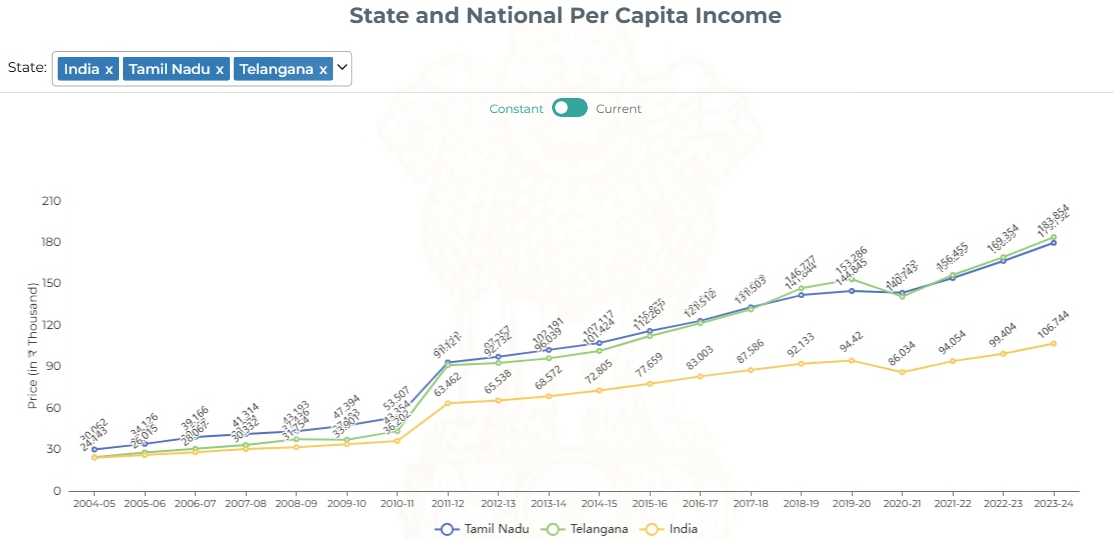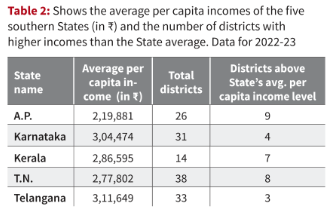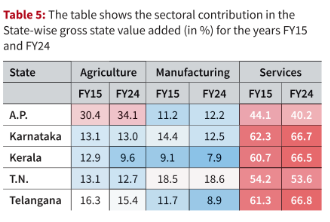7667766266
enquiry@shankarias.in
Mains Syllabus : GS III – Indian Economy and issues related to development, Inclusive Growth
Economic surveys released by several southern states reveals concentration of economic prosperity in a few districts.



|
Unemployment Rates of Southern States |
|

The Hindu | Growth in most southern States is concentrated in a few districts